OpenAI’s new Sora AI video generator took the world by storm when Sam Altman introduced it on Twitter/X with a post asking for and releasing video prompts. The videos released were almost photorealistic or movie-quality. However, the response to this new technology was mixed. Some expressed excitement following Sora’s release while others were filled with fear.
What is the new Sora AI model?
Often fear comes from confusion. First, we must understand the capabilities of Sora video generation before deciding whether or not we like it. While Sora is not available to all users yet, OpenAI’s website details the capabilities of the new AI video generator.
“We’re teaching AI to understand and simulate the physical world in motion, with the goal of training models that help people solve problems that require real-world interaction… Sora can generate videos up to a minute long while maintaining visual quality and adherence to the user’s prompt.”
Sora (openai.com)
What sets Sora apart from other AI-generation products like ChatGPT or DALL-E is its video capabilities and quality. After Altman asked users on Twitter/X to give him prompts, he chose a few and showed Sora’s impressive videos.
Why do people fear it?
Now that we see just how impressive Sora’s videos can be, we must ask why people are so fearful of it. There is a multitude of reasons Gen-Z is a bit stand-offish when it comes to the new technological advancement. Ranging from struggling creatives fearful of losing work to the inclusion of human bias and prejudice in the creation of these AI models, there is still a lot of work to be done.
Following Altman’s release of Sora on Twitter/X, a trend took to TikTok showing the dystopian future creators feared would come from it.
Cheating
Colleges, K-12 schools, and even work offices share the fear of cheating using artificial intelligence. This started before the creation of Sora, with ChatGPT generating full essays with simple prompts of a few sentences. While there are detection sites that can be used to scope out AI-created work, they are not perfect and a little ingenuity can easily bypass these systems.
Neil Chase, founder of Neil Chase Film, screenwriter, actor, novelist, and story coach from Edmonton, Canada, offered his expert opinion on why he believes people fear AI.
“There are essentially two types of people who use AI for video – the legitimate content creators who use it as a tool to aid in their process; and the ones who rely on AI to generate the entire project.”
Neil Chase, founder of Neil Chase Film
He then explains that the first group uses AI tools to help them brainstorm ideas, assist with re-writing scripts, or streamline the editing or visual effects process. It is important to note that using AI as a helpful aid is not something that should be feared or disallowed. Name generators for characters and locations have been used by writers for decades now and they aren’t considered “cheaters” because of it.
However, Neil Chase explains the damage of the second aforementioned group.
“The second group, on the other hand, is likely to use AI as a glorified ghostwriter or end-use video creator. They bypass the actual writing and filmmaking process and simply rely on AI to generate the final product. Not only are they bypassing the writers, actors, directors, cinematographers, and other important crewmembers required to make video content, but they are doing it in such a way as to use other people’s work without fair compensation.”
Neil Chase, founder of Neil Chase Film
Where does OpenAI’s Sora fit into all this? Well, the video generator can fall into either group. It can be used as a brainstorming tool or rough sketch for videographers. It can show cool cuts and frames that the creator would have otherwise never thought of. However, it can also be used as an easy cheat. No hands-on work is required besides simply inputting a prompt. This can be a way for companies to avoid hiring photographers, editors, actors, and more.
Creativity
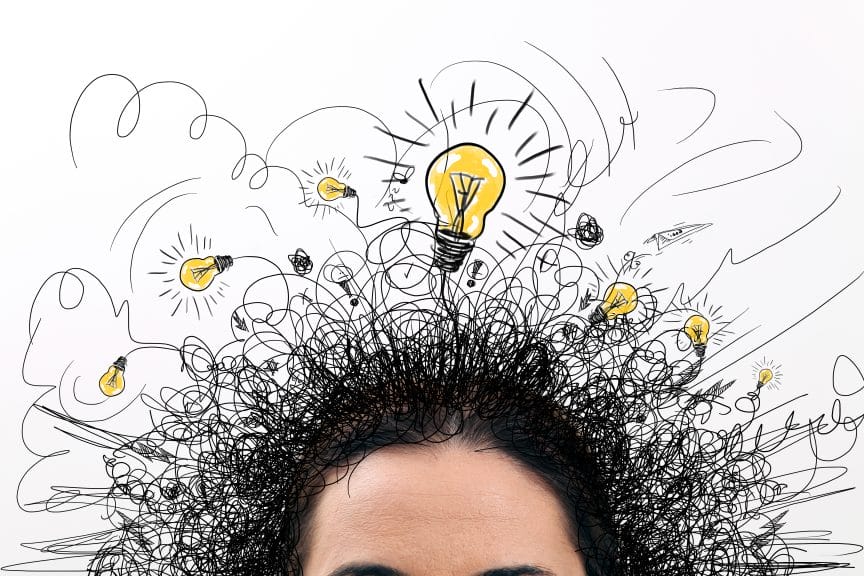
This brings us to the next common fear concerning AI, and that is the replacement of creative careers. Writers, actors, and artists alike share similar worries when it comes to AI generators. Since artificial intelligence doesn’t need breaks, pay, or benefits, it would be easier to employ these AI services in the writing room instead of paying professional writers. The SAG-AFTRA strike in 2023 dealt with some of these concerns in Hollywood, one of them being AI scans of dead actors without permission of their estates.
While this news is concerning, there is some hope. My interview with Joseph Steinberg reinstates confidence that creative careers are not being pushed out the door just yet.
Joseph Steinberg serves as a cybersecurity expert witness and as an advisor to both businesses and governments on cybersecurity-related matters. He has led organizations within the industry for over two decades and has written books ranging from Cybersecurity for Dummies to the official study guide from which many Chief Information Security Officers (CISOs) study for their certification exams.
Needless to say, Steinberg knows his stuff when it comes to artificial intelligence and cybersecurity and shared with me both comforts concerning AI and a whole new fear that not many think of.
Starting with the comforts, Steinberg is assured that creativity is not on the outs.
“I’m not worried about there not being jobs, I just think that the nature will change…I do believe, by the way, language is an area where AI is way behind. It can create essays and it can imitate voices. But take someone who is a great speaker…Reagan, Obama, or Clinton, great speakers…there’s no AI that’s going to do as good a job any time soon writing a speech as well as their speech writers did or delivering it as well as they did.
Joseph Steinberg
Steinberg believes that at least for the near future, AI still has bounds to go before it can properly replace human creativity and language. It is not impossible for it to eventually get there but at the moment there is no need to fear. However, Steinberg opened my eyes to an entirely different problem: AI’s connection to human bias.
Addressing human bias
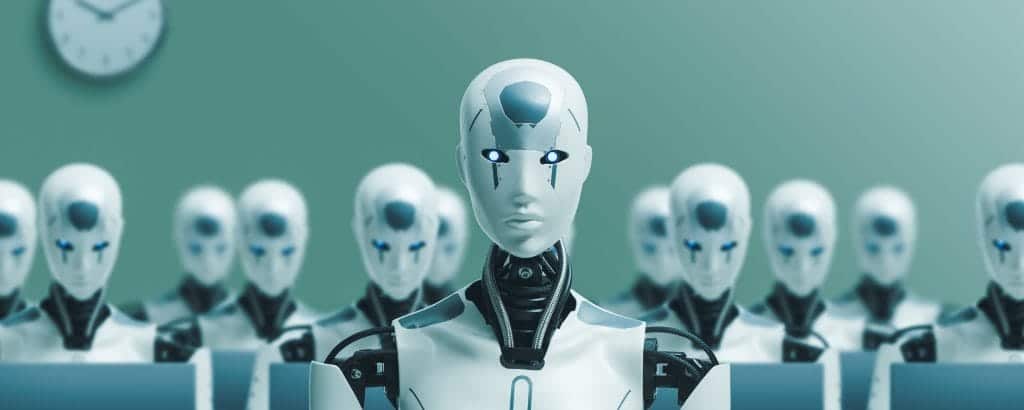
Artificial intelligence is engineered by humans. While its output may be a product of computing, it is initially trained by the human hand. This means that any conscious or unconscious biases these humans creating AI have are going to be implemented into the software. This can be seen in limited race options or variations in many image AI generators.
I asked Joseph Steinberg why he thinks so many people fear artificial intelligence. He agreed that AI can be very scary in some ways, but this particular symptom of human bias was awing.
“All these types of ethical issues that we’ve swept under the carpet we’re not going to be able to sweep under the carpet anymore. That’s good and bad at the same time. It’s good because we should’ve dealt with these things decades ago. But its bad because I don’t know if we’re ready to actually deal with them…It’s going to force changes in society that are good as a result because if you see that AI’s are failing on certain groups of people it means that you’ve got to change the way you’re coding them. There may be unintentional racism going into these things.”
Joseph Steinberg
Overall, OpenAI’s Sora, and other AI image and video generators like it, are not quite the end all they are being made out to be. Protective measures are being put in place to protect creative careers. The capabilities of AI aren’t yet at the mark of replacing human ingenuity and ideas.
However, as artificial intelligence improves, we have to address the issue of human bias along with it. Whether purposefully or an unconscious mistake, these AI models do have intrinsic bias whether that is racism or another prejudice. Luckily, a push to address these problems within AI’s coding may lead to it finally being addressed in our everyday lives.


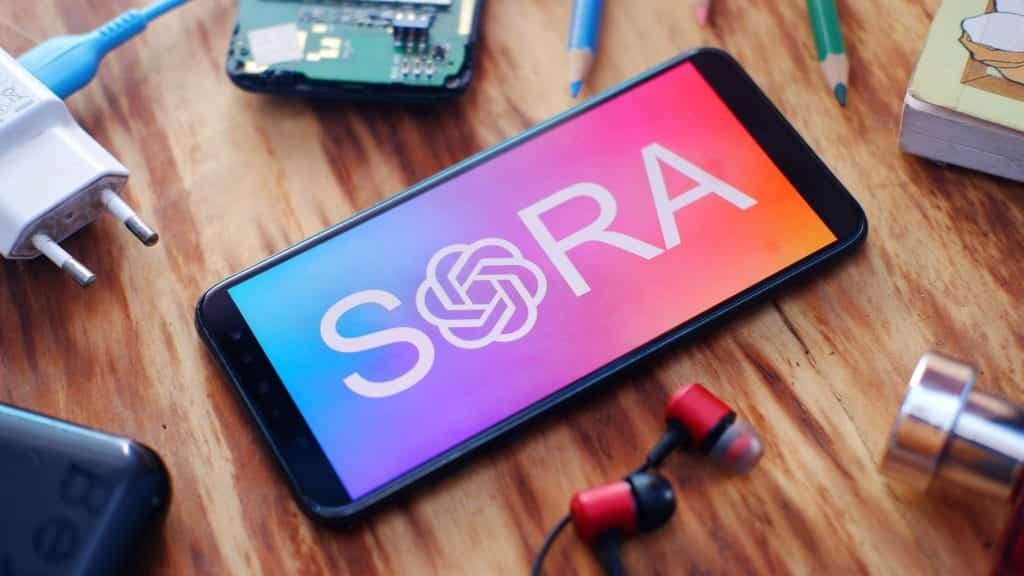




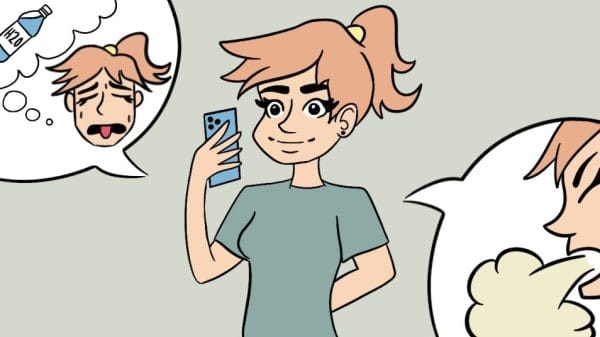
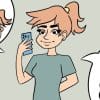


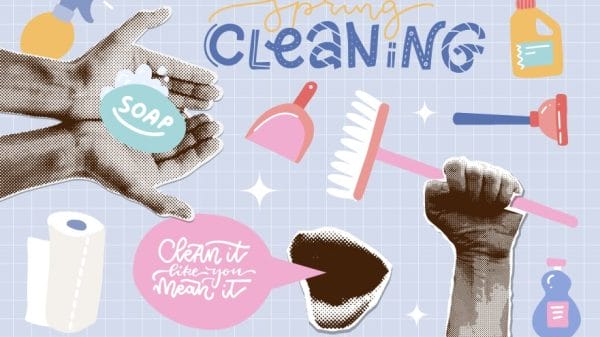

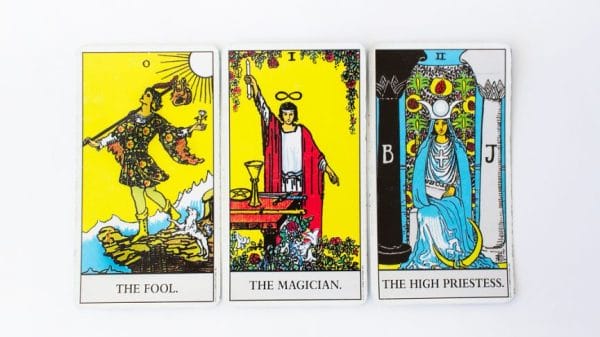

Tamyra
March 6, 2024 at 5:32 pm
Human bias has always influenced human invention. I’m hoping humanity’s stark reflection in the mirror of AI is enough to jolt us into addressing our innate prejudices (but I doubt it).